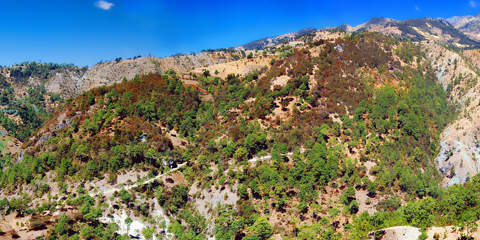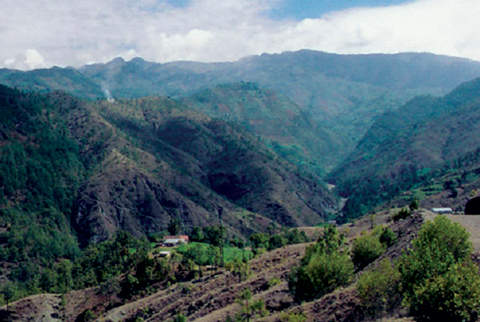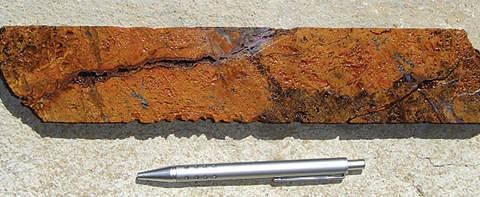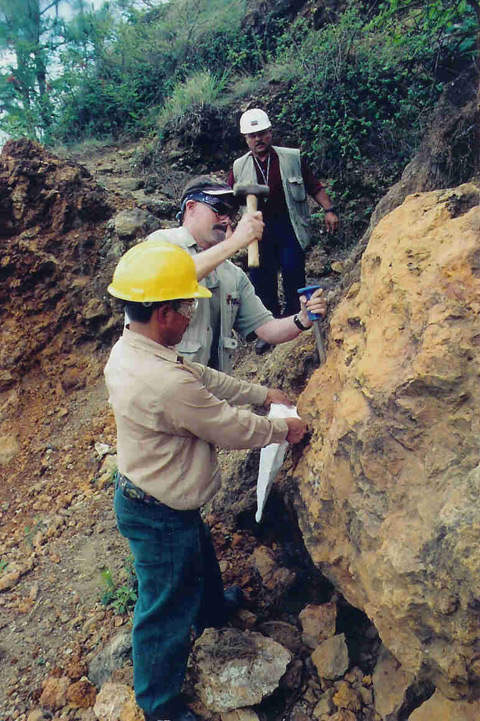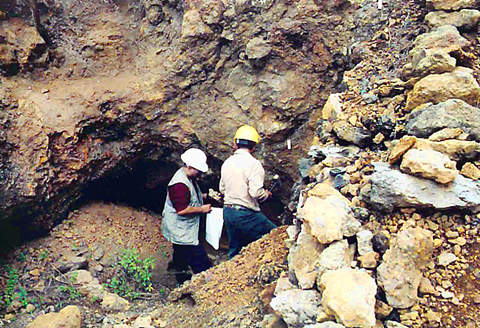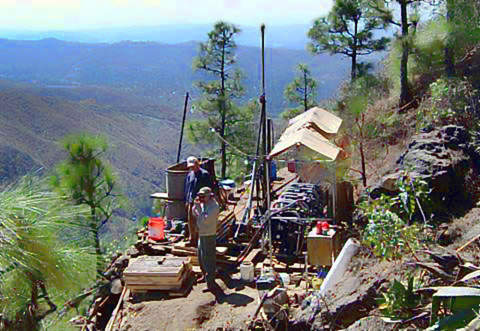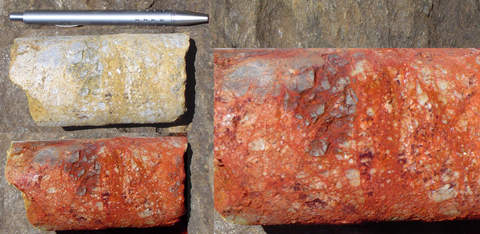Torlon Hill zinc-lead-silver mine is located in Guatemala, approximately 140km northwest of Guatemala City and 12km west-northwest of Huehuetenango.
The mine is owned by Firestone Ventures, which acquired the 16ha property in 2004. At the time of acquisition, it was a drill-ready, high-grade zinc resource with high potential for exploration.
Firestone Ventures began its programme of drilling in early 2006; by 2008, 8,591m of drilling in 105 holes had been completed.
Reserves
The mine contains an estimated 1.9 million tons of measured and indicated resources in the oxide zones, graded at 7.32% zinc, 2.41% lead and 14.25g/t silver. Inferred resources amount to 170,000t, graded at 4.42% zinc, 1.96% lead and 12.53g/t silver.
In the sulphide zones, the combined measured and indicated resources total 76,054t, graded at 3.23% zinc, 2.6% lead and 12.5g/t silver. The inferred resources have been estimated at 36,291t, graded at 2.79% zinc, 2.03% lead and 10.47g/t silver.
Geology and mineralisation
The mine is a near-surface deposit hosted within the Chiantla mining district, along the southern boundary of the North American Plate. Also known as the Maya block, the North American plate is characterised by extensive marine sedimentary sequences.
In terms of mineralisation, Torlon has been categorised as a non-sulphide zinc deposit. Limestone/dolostone breccia and serpentinite are its two main rock types.
The dolostone breccia is hosted under the western half of the deposit area as a 1.5km² detached tectonic block that borders and lies over a serpentinite basement. It is 200m thick, is predominant over the limestone breccias and hosts 80% of the zinc mineralisation within the deposit.
The dolostone forms a minor part of the Permian-age Esperanza formation, which is more than 470m thick within the deposit area. The formation is dominated by black shale, mudstone and siltstone. Sedimentary rocks towards the north of the deposit are intruded by major high-angle reverse faults.
The concentration of the breccias is both tectonic and karst in origin, and associated with significant structural events along the North American/Caribbean Plate boundary. The northern and eastern boundaries of the dolostone rocks are in fault contact with the serpentinite. The distribution and geometry of mineralisation at Torlon is controlled by five key sets of faults within the Santa Rosa Corridor, the main zone of zinc mineralisation on the property, measuring 100m by 700m.
The main zones of mineralisation are hosted as large sheets, oriented at 350° and plunging 45° to the east. At the base, the mineralisation is bound by the Canoitas Fault, which forms the carbonate-serpentinite contact below the mineralisation. The top extension of the mineralisation at Santa Rosa is intruded by the Top Shack Fault series that plunge 55° to the west.
The Landslide Fault regionally overrides the main mineralisation with a cover of unmineralised carbonate breccias. The fault trends west-southwesterly and dips moderately towards the east. The Cueva Fault, a steep southwesterly-trending fault, marks the contact between dolostone breccia and serpentinite to the south.
Exploration
The exploration history of Torlon dates back to 2001, when Redhawk Resources carried out a field programme on a 200m long section of the Santa Rosa Corridor.
Redhawk Resources was optioned the property by ZincOx, which had acquired the option from the original owners La Cooperativa de Producción Industrial Juventud Minera. The programme suggested potential for an open-pit, economically mineable mineralised zone.
Firestone Ventures began the first drilling programme at Torlon in January 2006. The objective was to continue the work initiated by Redhawk and conform and outline the mineralised structures on the property.
The drilling programme was carried out in three phases. In the first phase surface rock chip sampling confirmed the results reported by Redhawk. The second phase focused on underground mapping extended to the west of the Cinco Hermanos, a mineralised zone that constituted a key target for the drilling programme.
Core drilling on 22 holes extending to a depth of 120m was carried out in the first part of the third phase. The second part, completed in March 2007, involved 41 diamond core holes extending 3,494m deep. The third part of the last phase focused on in-fill drilling of 37 vertical diamond drill holes extending 3,459m deep.
Firestone Ventures completed its drilling programme in May 2008, confirming the presence of significant zinc-lead mineralisation at Torlon.

